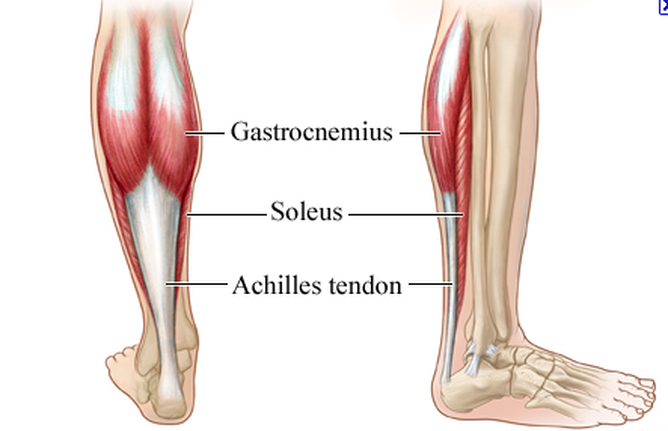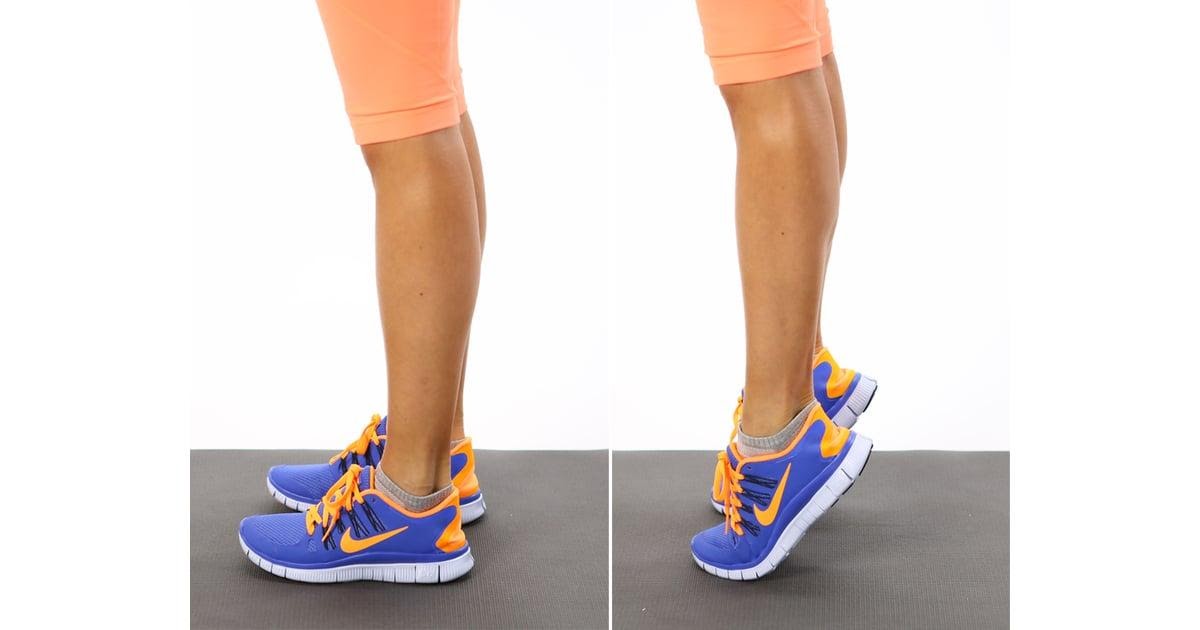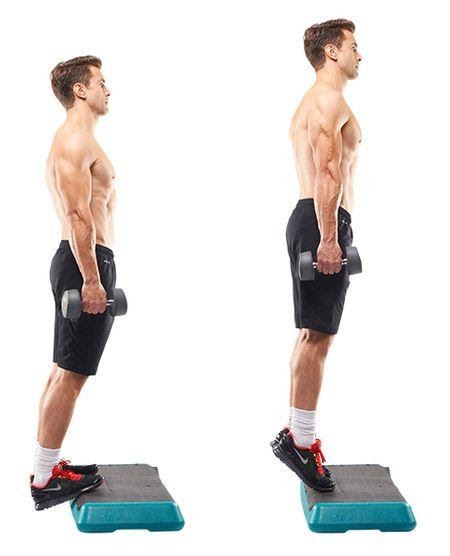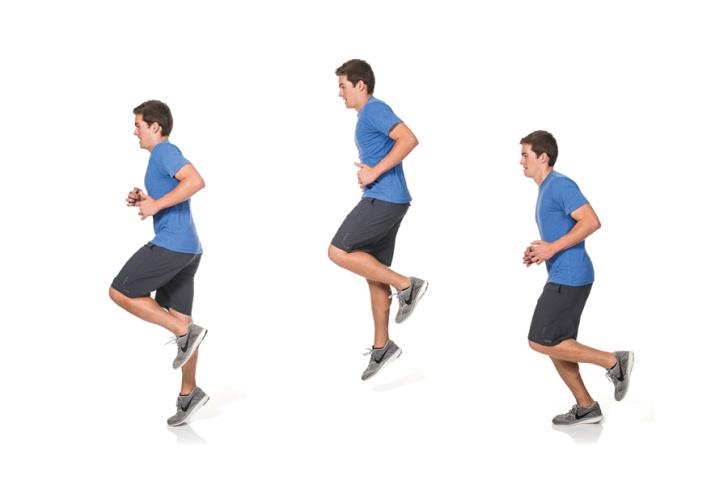 What is the Calf? The calf as it is commonly known, is in the lower leg between the knee and ankle and is made up of only two muscles, the Gastrocnemius and the Soleus. These two muscles join together to form your Achilles tendon which then attaches onto the heel of your foot.
Why is Strength in the Calf so important? The role of our calf muscles is to propel us forward during each and every step that we take. Anything from walking slowly or climbing stairs, to dancing, sprinting or jumping, all requires high levels of calf strength. Injuries that are preventable with good Calf Strength Having a good foundational level of strength in the calf can assist in preventing a number of calf injuries, such as;
The 3 best calf strengthening exercises Typically, the calf is one of the most under trained muscles in the body. When conducting any of the below exercises it is important to be aware of the load and repetitions that you are completing, relative to your current ability and capacity. Be careful not to go too hard too early with these exercises, start gradually and build your strength and endurance up over time.
Progressions:
2. Straight knee incline calf raise Start with both feet standing on an incline surface or raised surface, with your heels hanging off the edge. Have something stable nearby to hold onto and help support yourself during the movement. Lift your heels upward, pushing up onto your toes, reaching as high as you can. Then slowly lower back down and repeat. Progressions:
3. Hopping/ Skipping Hopping produces explosive movements and replicates running or tasks that can usually cause calf injuries. Start by either skipping in a skipping rope or double leg hops and then progressing the difficulty. Progressions:
By, Aleisha Michael Accredited Exercise Physiologist
0 Comments
Your comment will be posted after it is approved.
Leave a Reply. |
AuthorSLisa Parkinson Archives
July 2024
Categories
All
|




 RSS Feed
RSS Feed